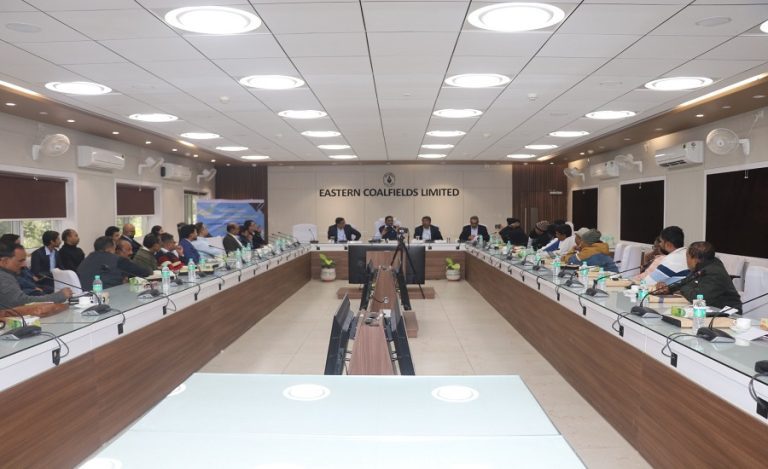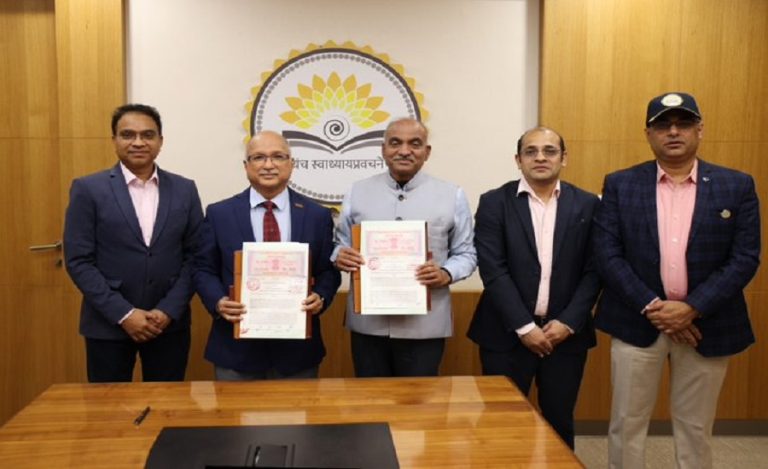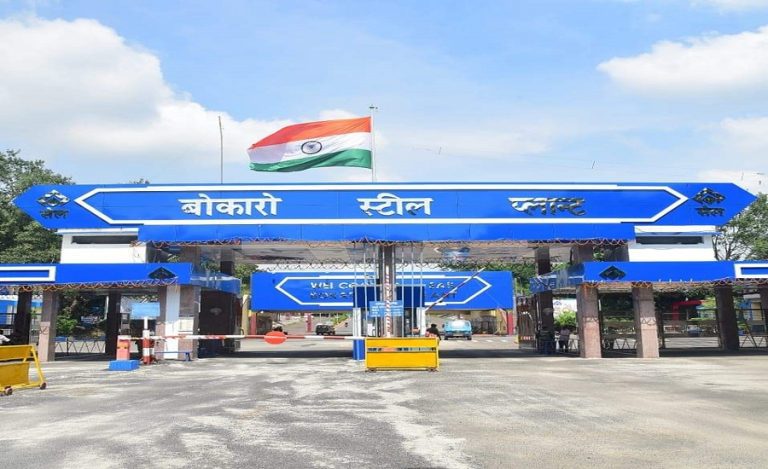Odisha/New Delhi: India achieved a major milestone in defence technology as the Defence Research and Development Organisation (DRDO) successfully conducted the maiden flight test of the Integrated Air Defence Weapon System (IADWS) on August 23, 2025, off the coast of Odisha.
The test validated India’s most advanced multi-layered shield against aerial threats, showcasing indigenous capabilities to protect critical assets and military formations.
India’s Most Advanced Air Defence Shield
Developed entirely with indigenous technologies, IADWS is designed to counter diverse threats, including aircraft, drones, cruise missiles, and potentially hypersonic weapons.
The trial marked the first integrated deployment of multiple defensive layers under a unified command structure. It demonstrated seamless coordination between radars, command systems, and engagement platforms.
Core Components of IADWS
The system features three primary elements:
- Quick Reaction Surface-to-Air Missiles (QRSAMs): Provides medium-range protection up to 30–35 km, intercepting fast aerial threats at altitudes of 15 km. Highly mobile, these missiles secure moving formations and forward bases.
- Very Short Range Air Defence System (VSHORADS): Targets low-flying aircraft, drones, and helicopters within 6–7 km, filling critical gaps in short-range protection.
- Directed Energy Weapon (DEW): A high-power laser system capable of rapid, cost-effective, non-kinetic engagements. This next-generation weapon adds limitless strike potential against multiple targets.
Proof of Concept Validated
The test confirmed IADWS’s effectiveness across tracking, coordination, and engagement sequences. DRDO stated that the system establishes overlapping layers of protection, eliminating vulnerabilities inherent in single-tier defences.
Defence Minister Rajnath Singh lauded the achievement, calling it a demonstration of India’s growing self-reliance under the Atmanirbhar Bharat initiative. He emphasised that the system will enhance area defence for vital installations by neutralising diverse aerial threats in real time.
Strategic Significance
The maiden IADWS trial followed closely on the heels of the successful Agni-5 missile test on August 20, 2025. Together, these achievements highlight India’s twin-track strategy: strengthening both offensive strike capabilities and defensive shield systems.
This dual focus reinforces India’s deterrence posture, ensuring adversaries face assured retaliation while denying them aerial superiority.
Closing the Gap with Global Powers
Strategically, IADWS narrows the capability gap with countries like the United States, Russia, and Israel, all of which field layered air defence systems. Unlike foreign imports such as Russia’s S-400 or Israel’s Iron Dome, IADWS is fully indigenous, reducing dependency while creating export potential under the Make in India–Make for the World framework.
The addition of directed-energy weapons signals India’s entry into next-generation warfare, where speed-of-light engagements could redefine the future of air defence.
A Decisive Step for National Security
The IADWS test marks a breakthrough in India’s defence journey, combining conventional missile systems with advanced laser technology in one integrated shield. By securing its skies against future threats, India strengthens its strategic posture and asserts its role as a leader in cutting-edge defence technologies.
Also Read: DRDO’s ARDE to Build Indigenous 12.7mm HMG and 20mm Helicopter Cannons for Armed Forces



























